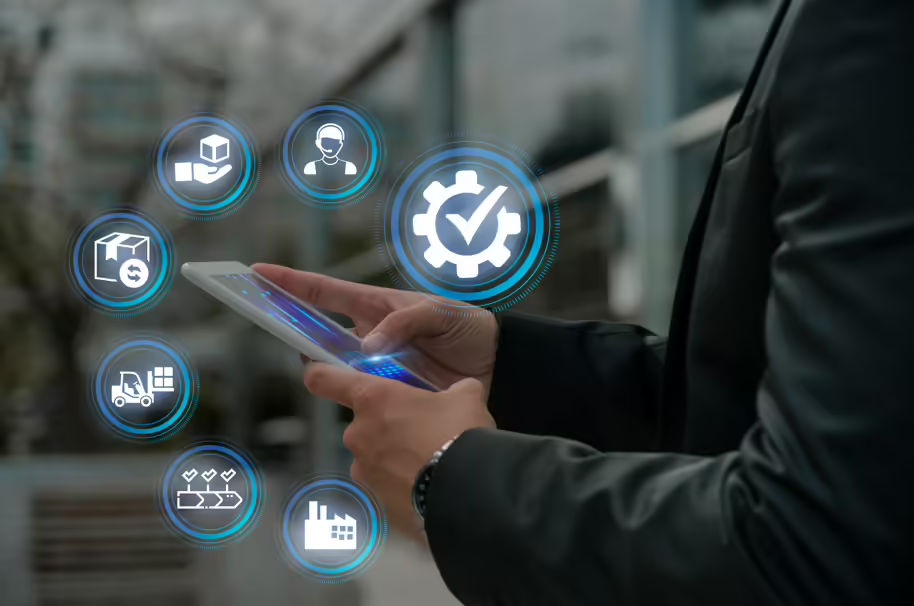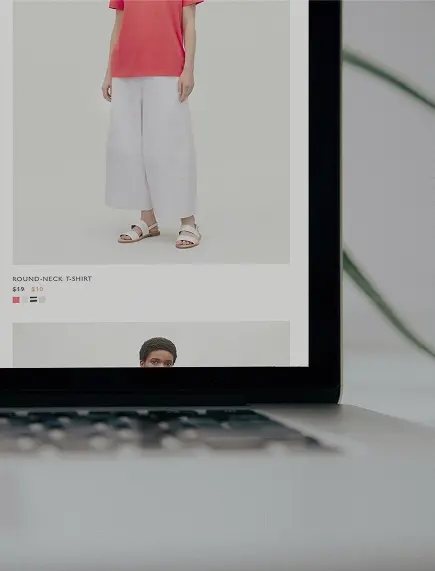Mobile Web Push Notifications: A Complete Guide to Engaging and Converting Your Audience
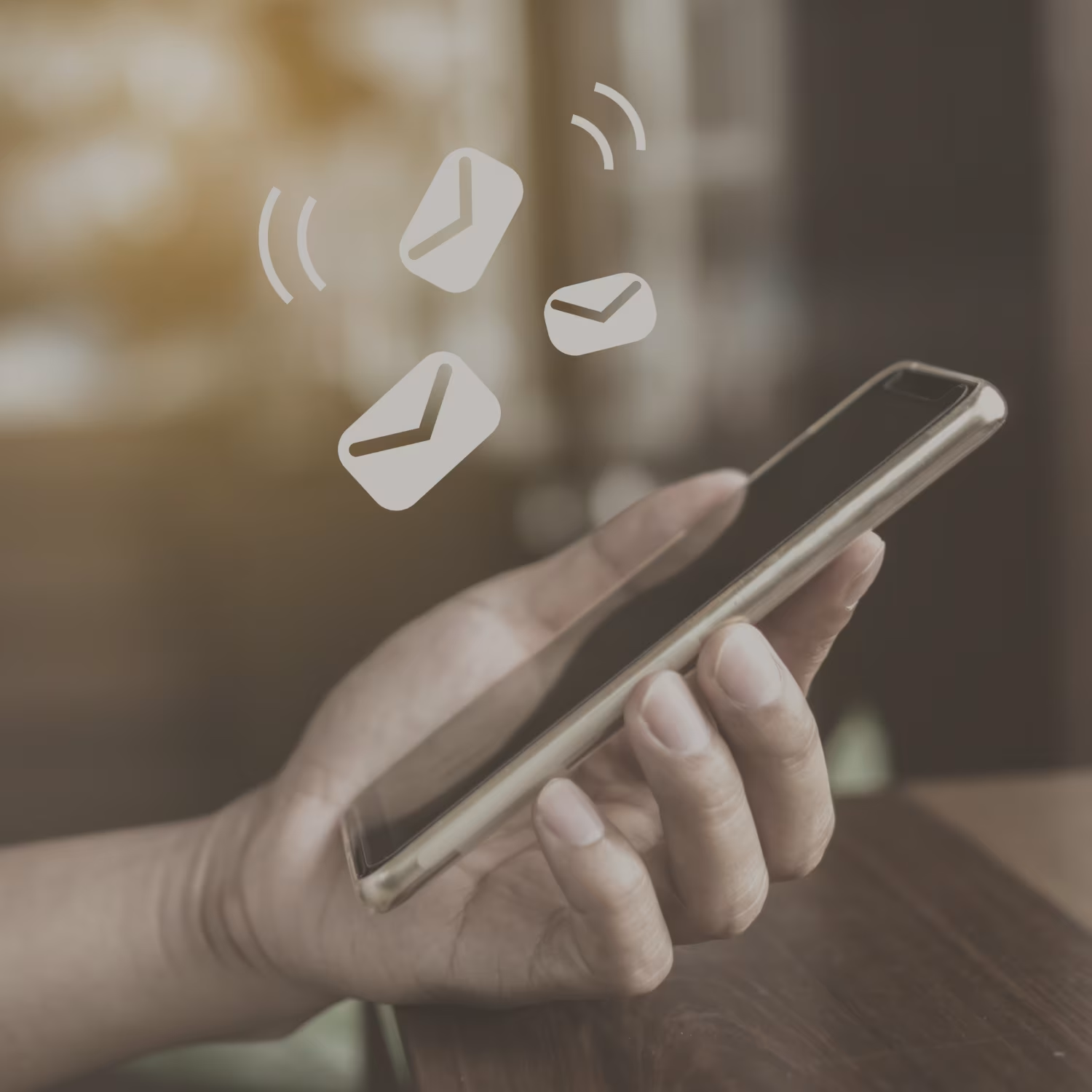

What Are Mobile Web Push Notifications?
At its core, a mobile web push notification is a rich, clickable message sent to a user’s mobile device directly from a website through their browser, such as Chrome, Firefox, or Safari. Think of them as small, direct lines of communication that a website can open with its audience. Unlike emails that can get lost in a crowded inbox or SMS messages that have strict regulations, these alerts appear right on a user’s lock screen or notification tray, demanding immediate attention.
These notifications are not just simple text alerts. They can be enhanced with compelling elements like brand logos, custom images, and interactive action buttons (e.g., “Shop Now” or “Read More”), making them a highly visual and engaging medium. The most revolutionary aspect is their ability to function without the user having a specific mobile app installed or even having the website open in their browser. This persistence is what transforms a simple website into a powerful re-engagement tool, allowing businesses to bring users back long after they’ve navigated away.
How They Differ from Mobile App Push Notifications
While they may look nearly identical on a user’s screen, mobile web push and app push notifications are fundamentally different technologies, each with distinct implications for your marketing strategy. Understanding these differences is crucial for choosing the right approach for your business.
The most significant distinction lies in their origin and the user’s initial commitment. App push notifications require a user to go through a multi-step, high-friction process: they must first discover your app in an app store, commit to downloading it (using data and device storage), install it, and then grant notification permissions. In contrast, web push notifications are born from a low-friction interaction. A user simply visits your website and, when prompted, gives permission with a single click. There is no app to download, no storage space to sacrifice, and no significant time investment required. This accessibility dramatically widens the potential audience you can reach.
This leads to a difference in development and maintenance. Building and maintaining a native mobile app is a substantial investment of time, money, and skilled resources. It involves separate development cycles for iOS and Android, rigorous app store approval processes, and continuous updates. A web push strategy, on the other hand, is integrated into your existing website, making it far more cost-effective and faster to deploy.
Finally, their reach is different. An app can only notify users who have installed it on their specific device. A web push strategy unifies your audience across platforms. A user who subscribes on their desktop browser can potentially receive notifications on that same browser on their mobile device, creating a more seamless, cross-device communication channel.
Key Terminology You Should Know
To fully grasp how this technology functions, it’s helpful to understand the three core components that work together to make web push notifications possible:
- Opt-in Prompts: This is the gateway to communication. When a user visits a push-enabled website, a native browser permission box appears asking if they want to receive notifications from that site. A user must explicitly click “Allow” to become a subscriber. This permission-based nature is a key strength, as it ensures you are only messaging users who have expressed a genuine interest. Best practices often involve a “soft prompt”—a custom-designed banner or button on the website that first explains the value of subscribing before triggering the official browser prompt. This pre-permission step can significantly increase opt-in rates.
- Service Workers: This is the powerful engine working behind the scenes. A service worker is a special type of JavaScript file that the browser runs in the background, completely separate from the web page itself. Its independence is what makes web push so effective. After a user leaves your site, the service worker remains dormant, waiting to listen for incoming messages from your server. When it receives a push message, it “wakes up” and instructs the browser to display the notification on the user’s device. It’s the key piece of technology that enables “offline” and app-like engagement from a standard website.
- Push API: This is the communication protocol that connects your server to the service worker. The Push API is a standardized set of rules and functions that allows your server to send a push message request to a push service (a service managed by the browser vendor like Google or Apple). This service then delivers the message to the correct browser and, in turn, the service worker on the user’s device. The standardization of the Push API across major browsers is what has fueled the rapid adoption and reliability of web push as a mainstream communication channel.
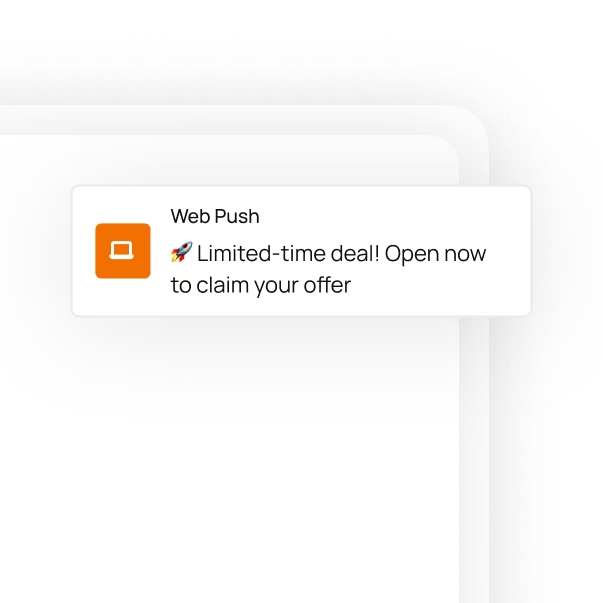
How Do Mobile Web Push Notifications Work?
While they appear instantly on a user’s screen, mobile web push notifications are the result of a sophisticated, multi-step process that involves the user’s browser, a web server, and the operating system’s notification services. Understanding this workflow, from the initial subscription to the final message delivery, reveals why this technology is both powerful and reliable. Let’s break down the entire lifecycle.
The Subscription Process: How a Visitor Becomes a Subscriber
Before you can send a single notification, a user must explicitly grant you permission. This permission-based opt-in is the foundation of web push and ensures a high-quality, engaged audience. The process unfolds in a few key steps:
- The Initial Handshake: When a user lands on your website, a script in the background immediately checks two things: does their browser support push notifications, and have they already subscribed? If the answer to both is “yes,” the process stops there. If they are a new, non-subscribed user on a compatible browser, the subscription process is initiated.
- The Permission Request (The “Ask”): This is the most critical interaction. The website asks the user for permission to send notifications. Smart marketers use a two-step “soft prompt” for this. Instead of immediately showing the browser’s rigid, un-customizable permission box, the website first displays a custom-designed banner or pop-up. This soft prompt explains the value of subscribing—such as receiving exclusive offers, breaking news, or important updates. Only when the user clicks “Yes” or “Allow” on this custom prompt does the official, native browser permission dialog appear. This two-step approach provides context, builds trust, and dramatically increases opt-in rates.
- Generating the Subscription: Once the user clicks “Allow” on the native browser prompt, a series of events happens in milliseconds. The browser contacts its designated push service (e.g., Firebase Cloud Messaging for Chrome, Mozilla Push Service for Firefox). This service then generates a unique PushSubscription object. This object is essentially a digital address for that specific user on that specific device and browser, containing a unique endpoint URL and the necessary encryption keys to ensure messages are sent securely.
- Storing the Subscriber: This PushSubscription object is sent from the user’s browser back to your application server (or a push notification platform like indigitall). Your server stores this unique “address” in a database, ready to be used when you want to send a message to that user.
The Technology Behind the Scenes: Delivering the Message
With the user subscribed, you can now send them notifications. Here’s how a message travels from your dashboard to the user’s device:
- Initiating the Push: You decide to send a notification. This can be triggered manually (e.g., announcing a flash sale) or automatically (e.g., an abandoned cart reminder). You compose the message, including the title, body, icon, a target URL, and perhaps a rich image.
- The API Call: Your server constructs an API request containing the message payload and the PushSubscription object of the intended recipient(s). This request is sent to the push service endpoint that was saved during the subscription phase.
- The Push Service Relay: The browser’s push service (Google’s, Apple’s, or Mozilla’s) acts as a high-powered mail carrier. It receives your request, authenticates it to ensure it’s coming from the correct server, and queues the encrypted message for delivery to the user’s device.
- Waking the Service Worker: The push service delivers the message to the user’s browser. This incoming message is a “push event” that instantly wakes up the service worker that was installed on the user’s browser during the initial opt-in. This is the magic of the system: the service worker operates independently of your website, meaning the user doesn’t need to have your site open to receive the alert.
- Displaying the Notification: The service worker receives the message payload and uses the browser’s Notifications API to display the fully-formatted notification on the user’s device—whether on the lock screen, as a banner, or in the notification center. The service worker also handles the click event, directing the user to the target URL you specified when they interact with the notification.
Cross-Browser and Cross-Device Compatibility
The universal reach of web push notifications is one of their greatest strengths. As of late 2025, support is robust and standardized across the vast majority of the internet ecosystem.
- Desktop: All major desktop browsers, including Google Chrome, Mozilla Firefox, Microsoft Edge, and Safari (on macOS), have offered stable support for years. This ensures you can consistently reach your audience on their laptops and desktop computers.
- Android: Android has long been the gold standard for mobile web push notifications. Support is seamless on Chrome, Firefox, and other mobile browsers. Notifications are delivered through the operating system’s native notification tray and are visually indistinguishable from those sent by a native app, offering a completely integrated user experience.
- iOS and iPadOS: Apple has fully embraced web push notifications on its mobile platforms. Since the release of iOS 16.4 in 2023, Safari on both iPhone and iPad supports the technology. There is one key difference compared to Android: for a user to receive web push notifications, they must first add the website to their Home Screen. This action saves the website as a Progressive Web App (PWA) and enables the necessary permissions for the service worker to receive push messages. While it requires an extra step from the user, it allows businesses to achieve app-like engagement and a permanent spot on the user’s home screen without ever going through the App Store.
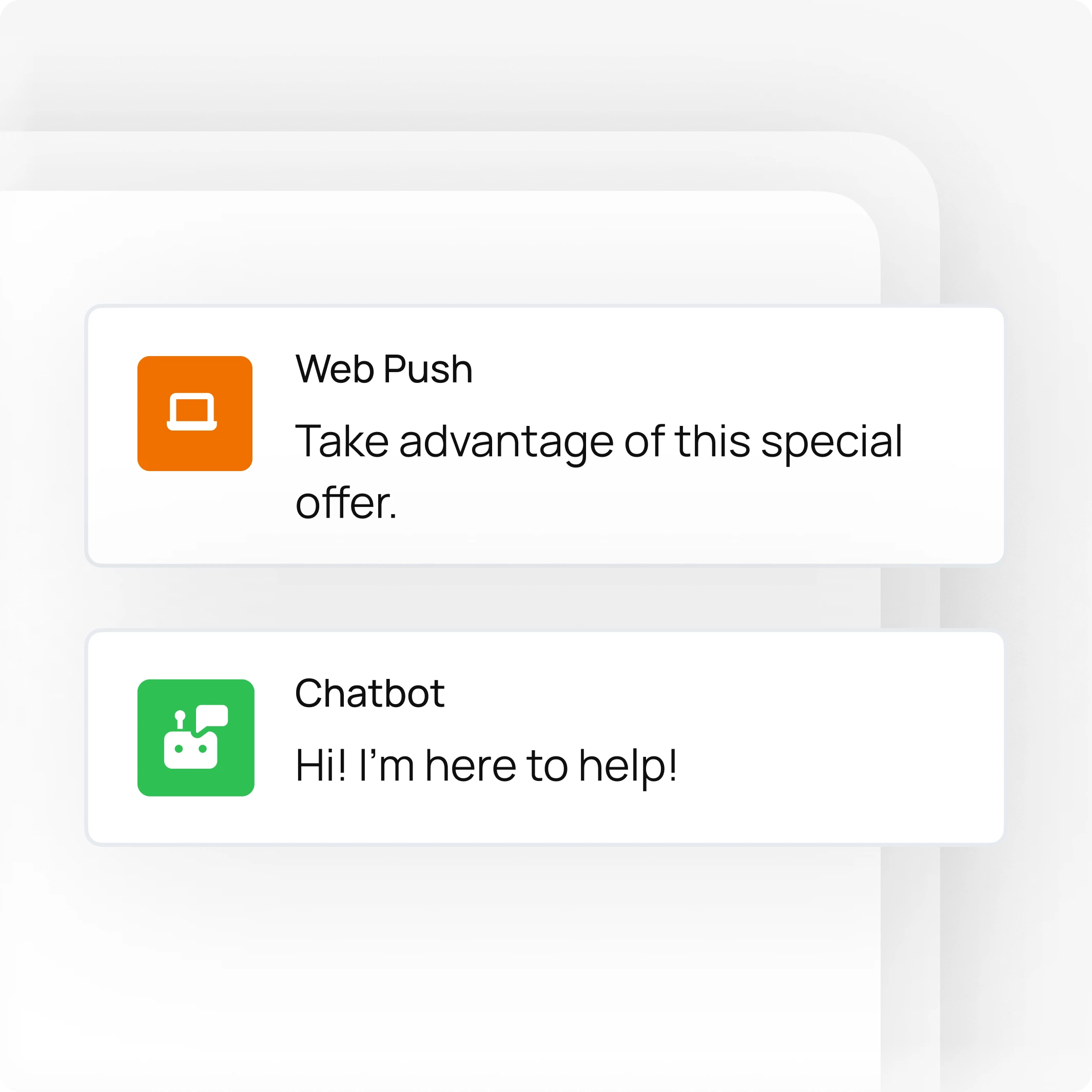
Best Practices for Effective Mobile Web Push Notifications
Successfully implementing mobile web push notifications goes far beyond simply installing the technology. The permission to send a message directly to a user’s screen is a privilege, and maintaining that trust requires a thoughtful, strategic, and user-centric approach. Sending a notification is easy; sending one that delights, engages, and converts is an art. The following best practices are the pillars of a successful strategy that will drive results while preventing the dreaded “notification fatigue” that leads to unsubscribes.
Crafting the Perfect Message: The Anatomy of a High-Performing Notification
The content and format of your notification are the first and most critical elements for success. With only a few seconds to capture attention, every character and pixel counts.
- Writing Compelling Titles and Descriptions: The title is your hook. It must be concise, clear, and intriguing enough to stop a user from swiping it away. Use action-oriented verbs, create urgency with words like “Now” or “Today Only,” and leverage curiosity by posing a question. The description, or body text, should immediately deliver on the title’s promise by providing context and a clear value proposition. Be mindful of character limits, which can vary by browser and operating system, and always put the most crucial information first.
- Using Rich Media (Images and Icons): A picture is truly worth a thousand words in the limited space of a notification. Notifications with rich media, such as a large hero image, consistently see higher engagement rates than text-only messages. Use a high-quality image to showcase a product, convey an emotion, or add visual context to your message. At a minimum, always include your brand’s logo as the notification icon. This simple visual cue builds immediate brand recognition and trust, letting the user know who the message is from before they even read the text.
- Including a Clear Call-to-Action (CTA): Every notification should have a clear purpose and guide the user on what to do next. A vague message is an ignored message. Your CTA should be explicit and action-oriented. Instead of “Click here,” use compelling language like “Shop the Sale,” “Read the Full Story,” or “Claim Your Free Trial.” Many platforms also allow for CTA buttons, which can provide users with multiple options, such as “View Deal” or “No, Thanks,” giving them more control over the interaction.
Timing and Frequency: The Art of Being Present, Not Pushy
When and how often you send notifications is just as important as what you send. The goal is to be a helpful guide, not an annoying interruption.
- Finding the Optimal Time to Send: There is no universal “best time” to send a notification. The optimal time depends entirely on your audience’s behavior and the context of the message. For a B2B SaaS product, sending during business hours might be most effective. For an e-commerce brand, evenings and weekends could yield higher engagement. Use your analytics to understand when your users are most active, and always schedule notifications based on the user’s local timezone to avoid waking them up in the middle of the night.
- Avoiding Notification Fatigue: This is the primary reason users unsubscribe. Bombarding your audience with too many messages is the fastest way to lose them. Establish clear rules for frequency—for example, no more than one marketing notification per day, or five per week. Above all, ensure every single notification you send provides genuine, timely value. If the message isn’t urgent, highly relevant, or personally valuable to the user, it’s better to hold off. Respect their attention, and they will reward you with their continued engagement.
Segmentation and Personalization: From Broadcast to Conversation
The most successful web push strategies treat users as individuals, not as a monolithic audience. Sending the right message to the right person at the right time is the key to unlocking the full potential of this channel.
- Targeting Users Based on Behavior and Interests: Move beyond the “batch and blast” approach. Modern push notification platforms allow you to create sophisticated audience segments based on a wealth of data: geography, device type, on-site behavior (pages visited, products viewed), purchase history, and more. This allows you to send hyper-relevant messages. For example, you can notify users in Chicago about a local event, alert a user when an item they viewed is back in stock, or send a special offer to your most loyal customers.
- Personalizing Messages for a Better User Experience: Personalization goes a step further than segmentation. It involves tailoring the content of the message itself to the individual. Using dynamic content, you can include the user’s name or reference a specific product they left in their cart. A message that says, “Hi Sarah, the Classic Leather Tote you were viewing is now 20% off!” is infinitely more powerful and effective than a generic “Sale now on!” This one-to-one communication makes the user feel seen and understood, transforming your notifications from impersonal broadcasts into helpful, personal conversations.
A/B Testing and Optimization: The Path to Continuous Improvement
Your initial assumptions about what works will often be wrong. A rigorous, data-driven approach to testing and optimization is essential for long-term success.
- Experimenting with Different Formats and Delivery Times: Continuously run A/B tests to challenge your assumptions and find what resonates most with your audience. Test everything: your titles (question vs. statement), your body copy (short vs. long), your images, the specific language in your CTA, the use of emojis, and your send times. Small, incremental improvements discovered through testing can lead to significant gains in overall campaign performance.
- Tracking Key Metrics: You can’t improve what you don’t measure. Monitor your key performance indicators (KPIs) closely. While Click-Through Rate (CTR) is a vital metric for measuring initial engagement, don’t stop there. Track your Opt-out (Unsubscribe) Rate to ensure you aren’t alienating your audience. Most importantly, track your ultimate Conversion Rate—did the user who clicked actually complete the desired action (make a purchase, fill out a form, read the article)? This final metric is what proves the business value and ROI of your web push notification strategy.
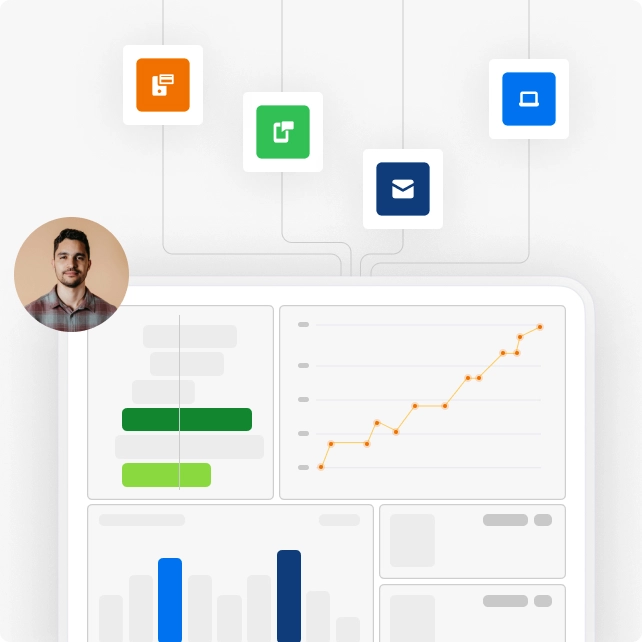
How to Get Started with Mobile Web Push Notifications
Now that you understand the strategic power of mobile web push notifications, the next step is implementation. Getting started is more straightforward than you might think, especially when you partner with a powerful customer engagement platform. While it’s technically possible to build a solution from scratch, the complexities of maintaining cross-browser compatibility, ensuring deliverability at scale, and developing robust analytics make it an impractical choice for most businesses.
This section will guide you through the process of choosing the right service, identifying the key features you’ll need, and the simple steps to get your first campaign live.
Choosing the Right Web Push Notification Service
Your choice of provider is the single most important decision you will make in this process. The right partner will not only provide the core technology but also act as a strategic asset, empowering you to create sophisticated, personalized, and automated customer journeys.
This is where a comprehensive marketing automation platform like indigitall truly shines. Unlike basic, single-channel tools, indigitall is an omnichannel solution designed to manage the entire customer lifecycle. It handles all the technical heavy lifting—from scalable infrastructure and reliable message delivery to navigating the nuances of browser updates—so you can focus entirely on your marketing strategy and crafting the perfect message for your audience. Choosing a dedicated service ensures you have the support, security, and advanced features necessary to grow your subscriber base and drive meaningful results.
Key Features to Look for in a Provider
As you evaluate potential services, there are several critical features that separate a basic tool from a powerful engagement platform. Be sure your chosen provider excels in these areas:
- Advanced Segmentation and Personalization: Your ability to send relevant messages depends on your segmentation capabilities. Look for a platform that allows you to create dynamic audience segments based not just on location or device, but on real-time, on-site behavior, purchase history, custom events, and data from your CRM. A powerful platform like indigitall allows you to build these granular segments, ensuring the right message always reaches the right user.
- Automation and Journey Building: To scale your efforts effectively, automation is non-negotiable. Your provider should offer robust automation for campaigns like abandoned cart reminders, welcome series for new subscribers, and re-engagement drips for inactive users. Ideally, this is managed through a visual journey builder, which enables you to map out and automate complex customer interactions across multiple touchpoints, creating a seamless experience.
- Rich Media and Interactive Elements: As discussed in our best practices, visuals are crucial for engagement. Ensure the platform fully supports rich push notifications with large images, as well as interactive elements like CTA buttons. This capability to create visually appealing and actionable messages is standard within the indigitall campaign builder.
- Robust A/B Testing and Analytics: You cannot optimize what you cannot measure. A top-tier provider must offer a clear, intuitive analytics dashboard that goes beyond simple click-through rates. Look for comprehensive reporting that includes conversion tracking, subscriber growth analysis, and detailed campaign comparisons. This data is essential for understanding user behavior, proving the ROI of your efforts, and making informed, data-driven decisions.
- Omnichannel Capabilities: Your customers don’t live in a single channel, and your marketing platform shouldn’t either. The strongest solutions, including indigitall, integrate web push into a broader ecosystem that can include app push, email, SMS, and in-app messages. This unified approach provides a 360-degree view of your customer and ensures they receive a consistent, coordinated brand experience, no matter how they choose to interact with you.
Step-by-Step Implementation Guide (A General Overview)
With a platform like indigitall, going live with web push notifications is a remarkably fast process that typically takes less than 30 minutes and requires minimal technical resources.
- Sign Up and Configure Your Project: The journey begins by creating your indigitall account. You’ll then set up a new project, where you’ll enter basic information about your website, upload your brand logo to be used as a default icon, and configure your settings.
- Install the indigitall SDK: The platform will provide you with a small JavaScript snippet and a service worker file. The process is simple: paste the JavaScript snippet into the <head> section of your website’s HTML, and upload the provided service worker file to the root directory of your site. Our clear documentation walks you through every step.
- Customize Your Opt-in Prompt: Within the indigitall dashboard, you have full control over the user’s first interaction. Following best practices, you can easily design a custom “soft prompt” that matches your brand’s look and feel. You can customize the text, colors, and timing to create a compelling reason for users to subscribe before the native browser prompt is shown.
- Create and Send Your First Campaign: Once the SDK is installed and your opt-in is configured, you’re ready to engage your new subscribers. Use our intuitive campaign creation wizard to craft your message, add rich media, define your target audience (you can start by sending to everyone), and either send it immediately or schedule it for the perfect moment.
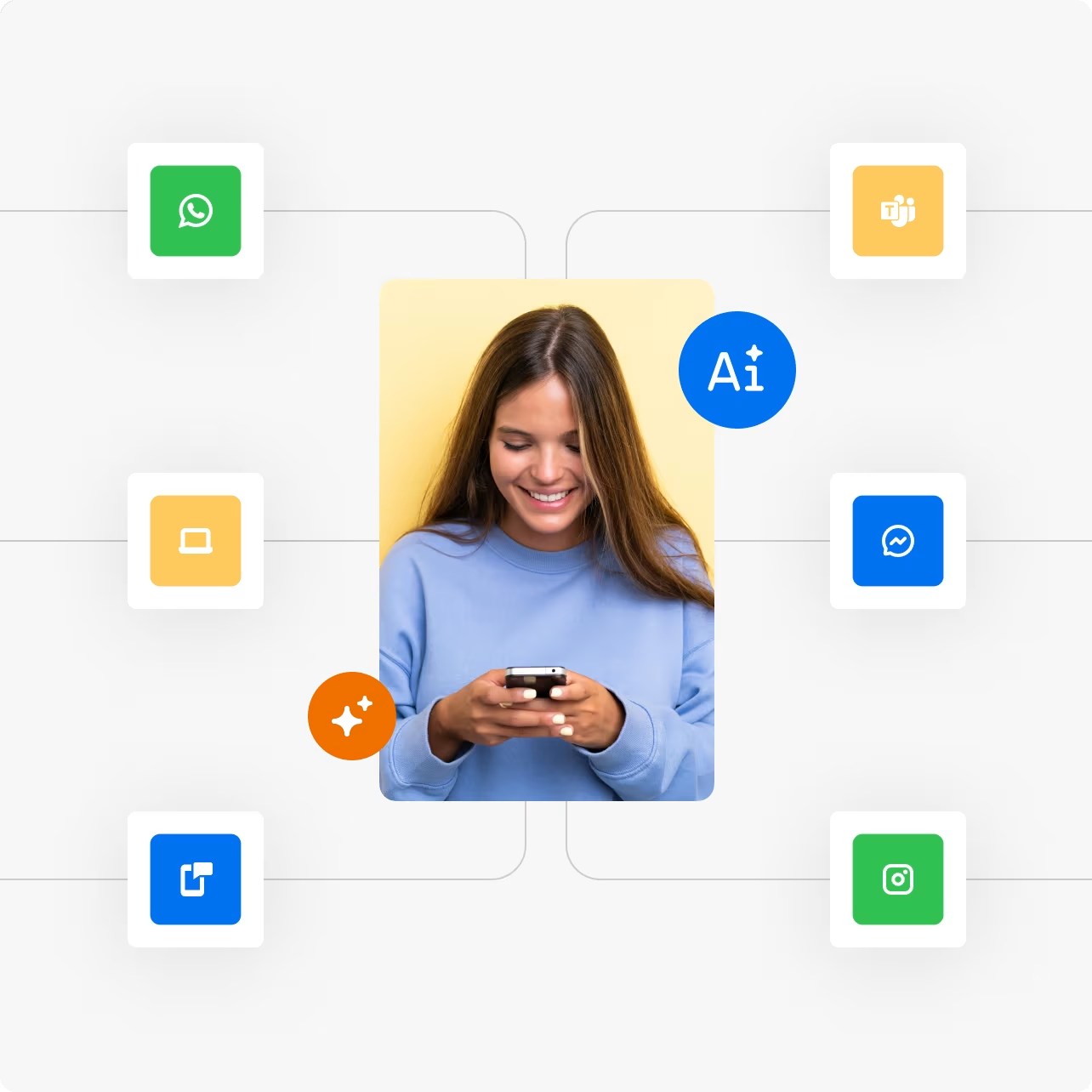
Conclusion: Harnessing the Power of Mobile Web Push with indigitall
As we’ve explored in this guide, mobile web push notifications have firmly established themselves as an indispensable channel in the modern marketer’s toolkit. In an era of digital noise and fleeting user attention, they offer what so many other channels cannot: a direct, immediate, and personal line of communication with your audience, right on the device they use most.
We’ve seen that success is not just about sending messages, but about creating value. It’s built on a foundation of user permission and trust, and it thrives when powered by a strategy that prioritizes relevance and personalization.
Your Key Takeaways:
- Direct Engagement: Mobile web push provides an app-like communication channel without the need for a mobile app, allowing you to re-engage visitors after they’ve left your site.
- Proven ROI: By driving higher engagement and conversion rates in a cost-effective manner, web push delivers a powerful return on investment.
- Strategy is Everything: The most effective campaigns are built on best practices—crafting compelling, personalized messages, respecting user timing, and continuously optimizing through data-driven A/B testing.
How indigitall Turns Strategy into Reality
Understanding these principles is the first step. Executing them requires a powerful and intuitive platform. This is where indigitall empowers your business to succeed.
The best practices we’ve outlined—from deep behavioral segmentation and rich media personalization to sophisticated automation journeys and robust analytics—are not just theoretical concepts; they are core, accessible features within the indigitall platform. We provide you with the tools to move beyond simple “batch and blast” messaging and create truly dynamic, one-to-one conversations with your users.
More than just a web push provider, indigitall is a comprehensive, omnichannel customer engagement platform. We help you unify your communication strategy across web push, app push, email, SMS, and more, ensuring a seamless and consistent experience for your customers at every touchpoint. With our easy implementation and dedicated support, you can focus less on technical complexities and more on building lasting relationships with your audience.
Take the Next Step
Ready to turn your website visitors into loyal, engaged customers? The power to connect directly with your audience is just a few clicks away. Request a demo now.








